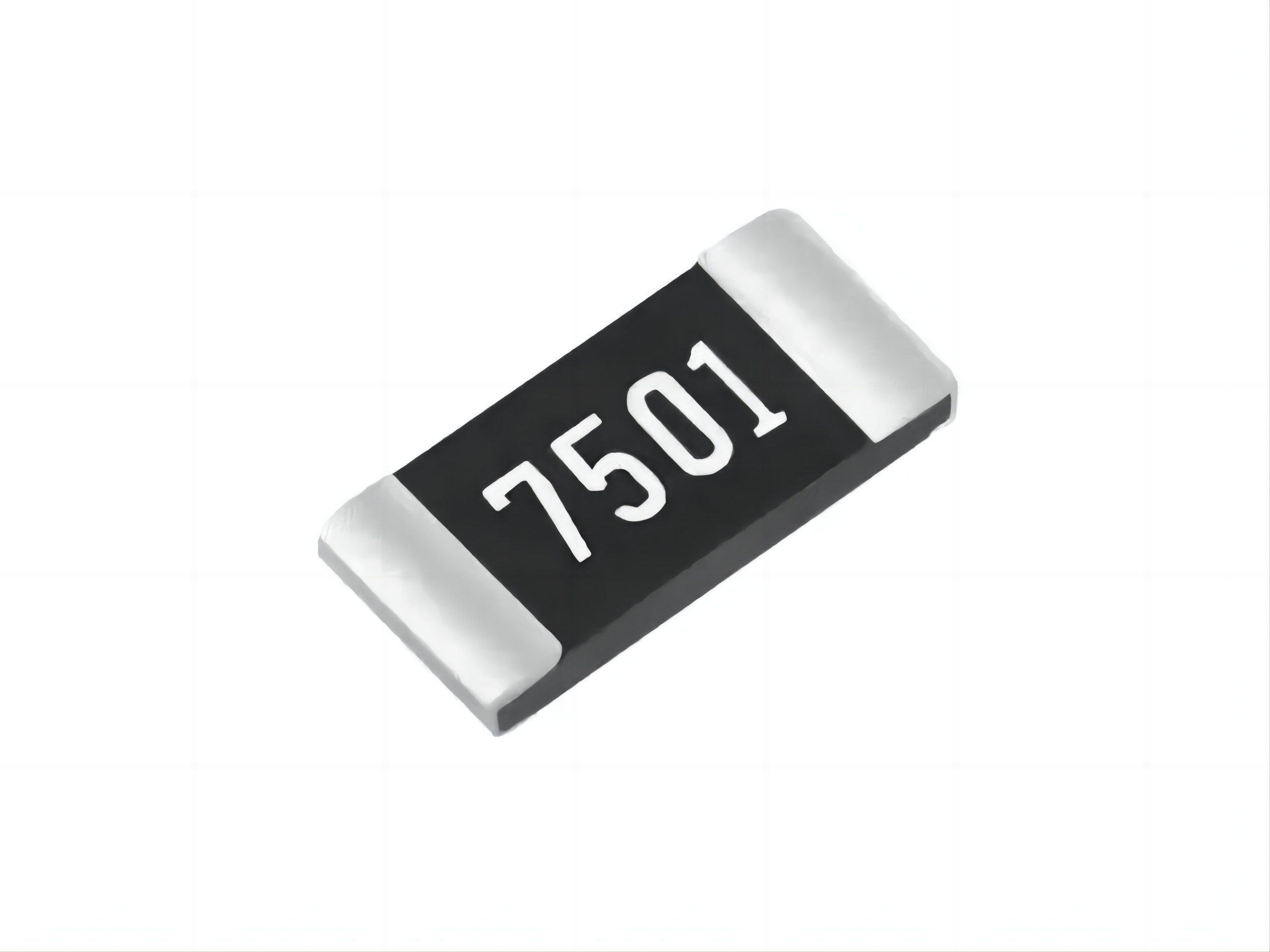Surface mount resistors require anti surge treatment, which is closely related to their physical characteristics, application scenarios, and circuit reliability requirements. The specific reasons can be analyzed from the following three aspects:

Insufficient impact resistance due to volume limitations
Surface mount resistors adopt a miniaturized design, with smaller cross-sectional areas of their internal conductive layers and electrodes, resulting in limited current density that can be sustained per unit time. When a surge current suddenly occurs in the circuit (such as power on/off transients, inductive load on-off, or lightning induction), the instantaneous high energy may exceed its design threshold, causing local overheating or even burning. Anti surge treatment can enhance the resistance of resistors to instantaneous overload by optimizing materials or structures, such as increasing the thickness of conductive layers or adding protective coatings.
Structural characteristics are prone to thermal stress damage
Surface mount resistors are usually composed of ceramic substrates, resistor pastes, and terminal electrodes, and the thermal expansion coefficients of different materials vary greatly. The instantaneous temperature rise caused by surges can lead to mechanical stress at the material interface, and long-term accumulation may cause internal cracks or electrode desoldering. Anti surge treatment can be achieved by improving the welding process or using a flexible buffer layer to reduce the damage of thermal stress to the internal structure, thereby improving the lifespan of the device.
Strict requirements for reliability in application scenarios
In high reliability fields such as automotive electronics and industrial control, circuits may frequently encounter complex environments such as power fluctuations and electromagnetic interference. If the surface mount resistor is not designed for surge resistance, its failure may lead to signal distortion, protection circuit misoperation, and even cascade faults. For example, in the BMS system of electric vehicles, if the sampling resistor is damaged due to surge, it may misjudge the battery status and cause safety hazards. Anti surge processing improves the robustness of individual devices and reduces system level risks.
The anti surge treatment of surface mount resistors is essentially a balanced solution to address the weaknesses of their miniaturized structures and the complex application requirements. Through material optimization, structural strengthening, and process improvement, higher transient energy absorption capacity can be achieved within a limited volume, ensuring the stability of the circuit under extreme working conditions and meeting the dual requirements of modern electronic devices for high density and high reliability.
